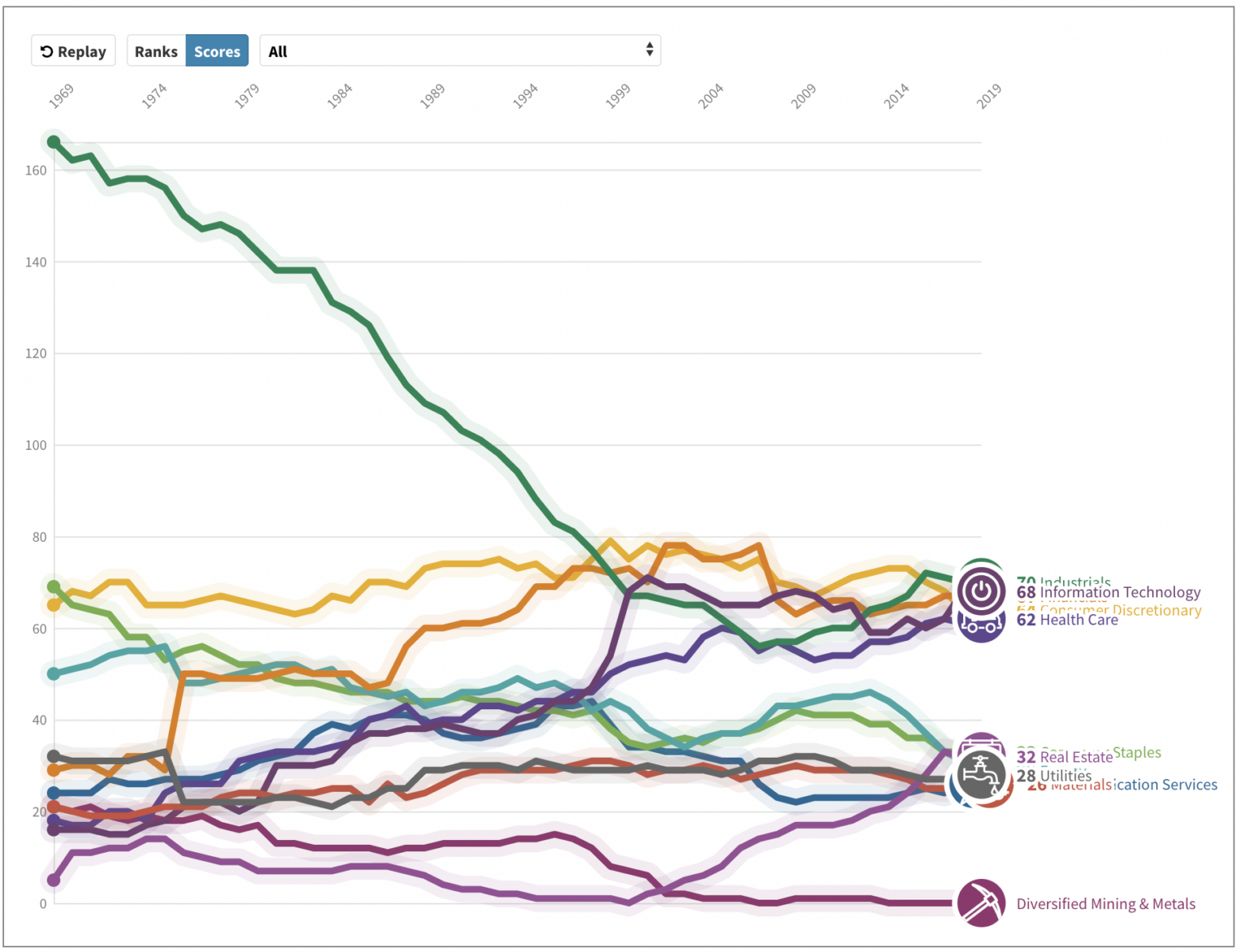The Power of Money: How Governments and Banks Create Money and Help Us All Prosper. 2023. Paul Sheard. Penguin Random House.
In The Power of Money: How Governments and Banks Create Money and Help Us All Prosper, Paul Sheard, an Australian American economist and the former vice chairman of S&P Global, provides novel explanations related to money, including what it is, how it comes into existence, and how governments, commercial banks, and central banks create it and influence its creation. He clarifies several common misunderstandings and controversies that many people have about money, including whether the US government is imposing a huge burden on our grandchildren and mortgaging their future by racking up large amounts of debt.
That particular species of fallacious thinking, termed a “category error,” treats the government as if it were a single household, when, in fact, it is analogous to an amalgam of all households in a country. The current generation can borrow only from itself, not from future generations that do not exist yet. According to Sheard, every generation leaves to the next generation a capital stock that is always bigger and better than what it received from the prior generation. There is no reason that governments should always balance their budgets, and generally, they should not. If too much government debt is outstanding at some point, then macroeconomic policy can take care of it.
Sheard explores many important money topics that are relevant today, such as bank runs and financial crises, the euro sovereign debt crisis, wealth inequality, and bitcoin and other cryptocurrencies. Money can cause serious problems for an economy and society at large. The risk of bank runs and financial crises arises because of the inherent mismatch between the liquidity of financial claims that the monetary economy generates and the illiquidity of the productive assets that constitute the real economy. The central bank’s role as the lender of last resort empowers it to prevent financial crises and quell those that occur. Sheard argues that the US Federal Reserve erred in not acting as lender of last resort to Lehman Brothers in 2008.
The euro sovereign debt crisis of 2009–2010 revealed a deep structural flaw in the euro area’s economic architecture. Member states are obligated to pool their monetary sovereignty but not their fiscal sovereignty. They cede their monetary sovereignty to the European Central Bank while retaining responsibility for their fiscal affairs. The situation results in member nations having to borrow in a foreign currency, one they cannot produce at will.
For the euro to endure, says Sheard, euro area members must voluntarily accept stringent fiscal restraints and recognize that pooling monetary sovereignty is a political act. The right of a nation state to create and control its own money is a core aspect of sovereignty. According to Sheard, if the EU political elites cannot explain to their electorates that monetary union is just as deeply political in nature as fiscal union and garner the necessary consent to complete the economic and monetary union, the euro may one day be finished.
The book also looks at the economic forces behind large wealth disparities, especially in relation to the tiny cohort of the uber-rich. Sheard argues that extreme wealth inequality is a by-product of prosperity-generating market processes and that the uber-rich do much less harm than is often claimed. If the government deems improving the plight of the poor desirable, it should do so independently of whether and how it “taxes the rich.”

Finally, Sheard considers bitcoin and other cryptocurrencies to be not as detached from the legacy monetary system as they appear and likely to struggle to compete with it when it comes to fulfilling the three canonical roles of money: unit of account, medium of exchange, and store of value. Cryptocurrencies are likely to find a permanent niche in the monetary ecosystem, but they may at this time be early in their innovation cycle, making definitive predictions tough. Rather than challenging the traditional monetary system, cryptocurrencies and their foundational technologies are more likely, by spurring innovation, to help reshape it.
In summary, this book is useful reading at a time when innovations such as bitcoin and other cryptocurrencies, as well as policy experiments such as quantitative easing (QE), have made it critical to understand how money works.
If you liked this post, don’t forget to subscribe to the Enterprising Investor.
All posts are the opinion of the author(s). As such, they should not be construed as investment advice, nor do the opinions expressed necessarily reflect the views of CFA Institute or the author’s employer.
Professional Learning for CFA Institute Members
CFA Institute members are empowered to self-determine and self-report professional learning (PL) credits earned, including content on Enterprising Investor. Members can record credits easily using their online PL tracker.














